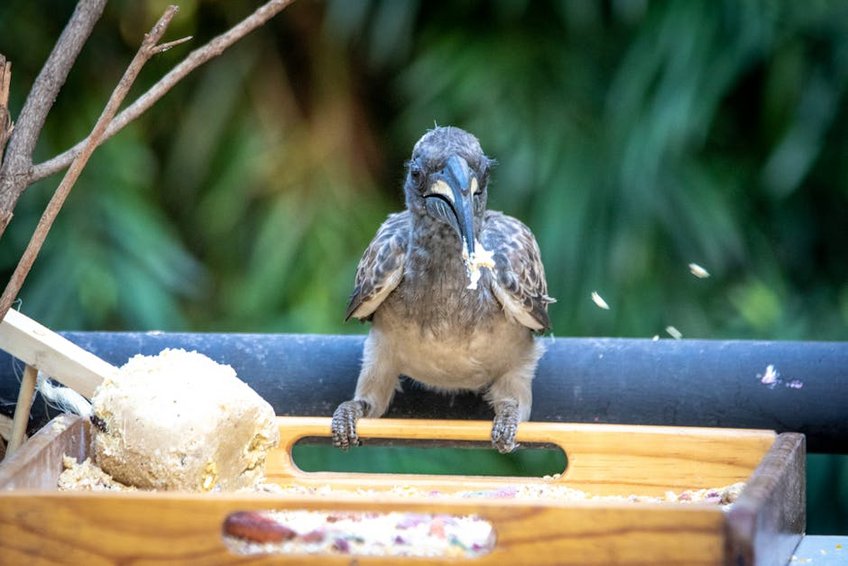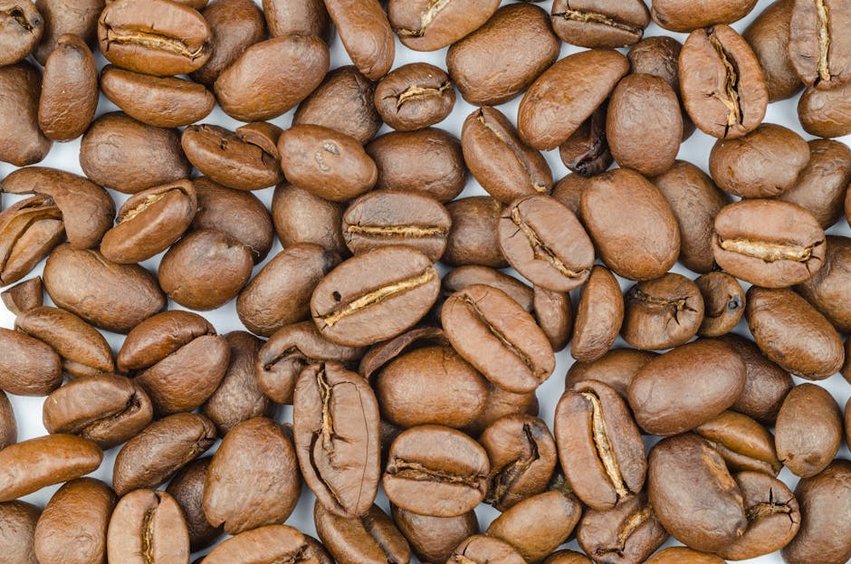Seed Collection and Ecotourism: A Sustainable Traveler’s Guide
Imagine walking through a pristine forest, your hands gently collecting seeds from native plants while contributing directly to conservation efforts. This is the heart of seed collection and ecotourism, a growing movement where travelers participate in preserving biodiversity while experiencing nature’s wonders. Unlike traditional tourism, this unique approach lets you become an active conservationist, working alongside scientists and local communities to protect endangered species and restore damaged ecosystems. You’ll gain incredible insights into plant life cycles, learn traditional harvesting techniques, and create meaningful connections with the natural world. The experience combines adventure with purpose, offering you not just photographs but tangible contributions to environmental preservation. Whether you’re helping restore wildfire-damaged landscapes in California or preserving rare orchids in Costa Rica, seed collection ecotourism transforms your travel into a force for good that continues growing long after you return home.
Seed Collection and Ecotourism – Essential Information
Seed collection ecotourism represents the intersection of conservation biology and sustainable travel, where participants assist in gathering, processing, and preserving seeds from native plants. This practice supports habitat restoration, protects genetic diversity, and helps combat climate change by rebuilding resilient ecosystems. You’ll typically work with trained botanists and local guides who teach proper identification techniques, sustainable harvesting methods, and seed processing protocols. Programs range from single-day excursions to multi-week expeditions, accommodating various physical ability levels and interests. The ethical framework ensures that collection never threatens natural populations—typically taking only 10-20% of available seeds from any given plant. This responsible approach distinguishes true conservation-focused programs from merely seed-themed tourism, ensuring your participation genuinely benefits the environment while providing deep educational value.
Understanding the Conservation Impact – What You Need to Know
- Genetic Diversity Preservation: By collecting seeds from various locations and individual plants, you help maintain robust genetic pools that enable species to adapt to changing environmental conditions and resist diseases.
- Habitat Restoration Support: The seeds you collect often go directly to nurseries that grow plants for reforestation projects, wildfire recovery efforts, and rehabilitation of degraded lands such as mined areas or agricultural fields returning to nature.
- Climate Change Resilience: Native plants grown from locally collected seeds are better adapted to regional conditions, creating ecosystems that can better withstand climate fluctuations, droughts, and extreme weather events.
- Budget Conservation Volunteering ($500-1,200): Basic programs covering accommodation (often dormitory-style), meals, and supervision, typically requiring 1-2 weeks commitment and including educational components but fewer luxury amenities.
- Mid-Range Ecotourism Experiences ($1,500-3,500): Higher-comfort programs featuring better accommodations, expert guides, more comprehensive educational materials, and sometimes cultural activities or visits to related conservation sites, usually lasting 1-2 weeks.
- Luxury Conservation Expeditions ($4,000-8,000+): Premium experiences with small groups, renowned scientists as guides, high-end accommodations, gourmet meals, and additional activities like wildlife viewing or photography workshops, often in remote or exclusive locations.
- Botanic Gardens Conservation International
- The International Ecotourism Society
- National Park Service Plant Conservation
Ethical Guidelines and Best Practices – Key Details
Responsible seed collection follows strict ethical protocols designed to protect plant populations while maximizing conservation benefits. You’ll learn to identify mature seeds ready for harvest, recognize signs of disease or pests, and determine appropriate collection quantities that won’t impact natural regeneration. Programs typically provide specialized tools like breathable collection bags, magnifiers for inspection, and detailed recording sheets to document collection locations, plant conditions, and environmental factors. The most reputable organizations partner with academic institutions and government agencies, ensuring collected seeds contribute to scientifically validated conservation programs. Many also incorporate traditional ecological knowledge from indigenous communities, creating culturally respectful partnerships that preserve both biological and cultural heritage.

Seed Collection and Ecotourism – Planning Your Sustainable Journey
Planning a seed collection ecotourism adventure requires careful consideration of seasons, destinations, and program types to match your interests and abilities. The best programs balance hands-on conservation work with educational components, cultural experiences, and adequate free time to enjoy the natural surroundings. You’ll want to research organizations thoroughly—look for those with scientific partnerships, transparent conservation outcomes, and positive community relationships. Physical requirements vary significantly: some programs involve gentle walking in accessible areas, while others might require hiking rugged terrain or working in challenging weather conditions. Preparation typically involves reading materials about local ecology, packing appropriate clothing for field work, and sometimes completing basic online training modules. The most rewarding experiences often come from programs that connect seed collection to broader conservation stories, helping you understand how your efforts contribute to larger environmental goals.
Best Time to Participate in Seed Collection Ecotourism
Timing your seed collection adventure depends entirely on the destination and target species, as different plants produce seeds at various times throughout the year. In temperate regions like North America and Europe, peak collection seasons are typically late summer through autumn, when most plants have mature seeds. Tropical destinations might offer year-round opportunities, though many follow wet/dry season patterns that affect seed production. Mediterranean climates like California and South Africa have specialized “fire-follower” plants that release seeds after wildfires, creating unique collection windows. Research programs 6-12 months in advance, as many have limited spaces and specific collection windows. Some organizations offer multiple programs throughout the year targeting different species, allowing you to choose based on seasonal preferences and particular conservation interests.
Budget Planning and Costs for Conservation Travel
Essential Preparation Checklist for Seed Conservation Travel
Proper preparation ensures you’re ready to contribute effectively while staying comfortable and safe during your seed collection experience. Begin by researching the specific flora and ecosystems you’ll encounter—many organizations provide reading lists or online resources. Pack appropriate field clothing: sturdy hiking boots, breathable long pants and sleeves for protection, a wide-brimmed hat, and quality gardening gloves. Bring a small daypack for field equipment, reusable water bottles, and personal items. Many programs provide specialized tools, but you might want your own magnifying loupe, field notebook, and camera for documentation. Check vaccination requirements and travel insurance coverage, ensuring you’re protected for remote area medical evacuation if needed. Finally, arrive with flexible expectations—weather, plant conditions, and collection opportunities can change daily based on natural factors beyond anyone’s control.
Seed Collection and Ecotourism – Top Destinations and Programs
Around the world, exceptional seed collection programs offer diverse experiences across various ecosystems, from tropical rainforests to arid deserts. Each destination presents unique conservation challenges and opportunities, allowing you to contribute to projects that match your environmental interests. The most established programs operate in biodiversity hotspots where habitat loss threatens numerous species, making your participation particularly valuable. In Central and South America, you might work with cloud forest orchids or rainforest canopy species. African programs often focus on savanna restoration and medicinal plant preservation. North American and European initiatives frequently address post-fire regeneration and prairie restoration. Australian programs combat invasive species impacts by collecting seeds from native bushes and trees. Each location combines seed collection with broader ecological education, wildlife observation, and cultural exchange, creating comprehensive conservation travel experiences.
Must-See Highlights for Seed Conservation Travelers
The most rewarding seed collection experiences connect you with spectacular natural environments while addressing urgent conservation needs. In Costa Rica’s Monteverde Cloud Forest, you can help collect seeds from rare epiphytes and learn about their complex ecosystems while surrounded by breathtaking biodiversity. California’s Channel Islands offer unique opportunities to preserve endemic plant species found nowhere else on Earth, with the added bonus of ocean views and marine mammal sightings. South Africa’s Cape Floristic Region, a UNESCO World Heritage site, lets you contribute to preserving one of the world’s most diverse floral kingdoms while enjoying stunning mountain landscapes. These programs typically include guided hikes through protected areas, visits to restoration sites where previously collected seeds have grown into healthy plants, and interactions with researchers who can explain the broader conservation context of your work.
Hidden Gems and Specialized Programs
Beyond the well-known destinations, several exceptional seed collection programs offer unique experiences for dedicated conservation travelers. The Hawaiian Islands contain numerous endemic plant species on the brink of extinction, with programs that combine seed collection with traditional Polynesian cultural practices and stunning volcanic landscapes. Madagascar’s extraordinary biodiversity includes thousands of plant species found nowhere else, with conservation programs that also address community development and lemur habitat protection. Less-traveled European programs in countries like Bulgaria and Romania focus on preserving ancient forest ecosystems and traditional agricultural varieties. For truly remote adventures, Norwegian programs collect seeds from Arctic-alpine plants that must adapt to rapidly changing northern climates. These specialized opportunities often have smaller groups, more scientific involvement, and deeper cultural immersion than mainstream ecotourism programs.
Seed Collection and Ecotourism – Practical Travel Information
Participating in seed collection ecotourism requires understanding practical logistics, from transportation to accommodations and field conditions. Most programs operate in natural areas rather than urban centers, meaning you’ll need to plan travel to sometimes remote locations. Accommodations range from research station dormitories to eco-lodges and sometimes camping, with comfort levels matching program costs. Field days typically involve 4-6 hours of actual collection work, broken up by educational sessions, meals, and travel to collection sites. You’ll want to prepare for variable weather conditions and potentially rugged terrain, though many programs offer options for different mobility levels. The social aspect often proves rewarding—participants typically share strong environmental values, creating opportunities for networking and friendship with like-minded travelers from around the world.
| Category | Options/Features | Price Range (USD) |
|---|---|---|
| Accommodation | Research stations, eco-lodges, camping, homestays | $30-250/night |
| Program Duration | Weekend workshops, 1-2 week programs, month-long expeditions | $500-8,000 total |
| Group Size | Small (4-8), Medium (9-15), Large (16-25) | Varies by organization |
| Physical Difficulty | Light (walking), Moderate (hiking), Strenuous (backcountry) | No price difference |


